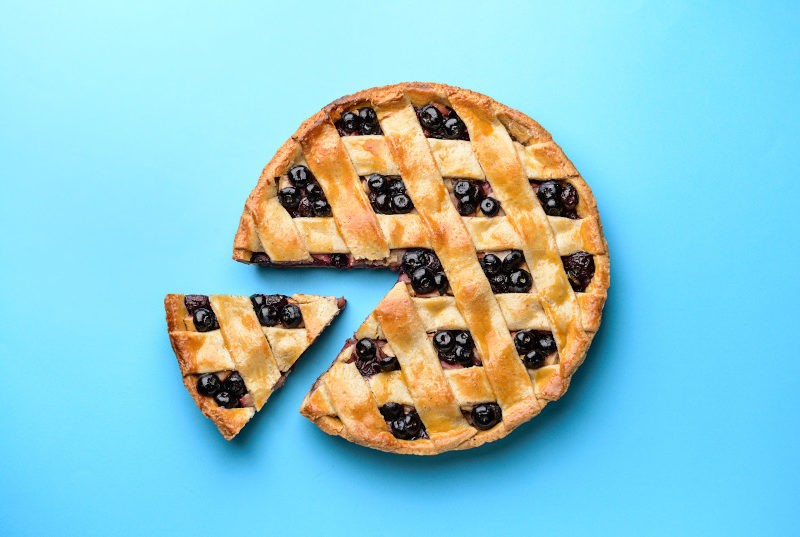The benefits of sending and receiving artwork files and corrections electronically are clear to anyone familiar with this process. Not having to rely on couriers, where expenses can be high, poor delivery times and occasionally lost artwork.
Adobe PDF files are now commonplace when sending and receiving digital files by e-mail or the Internet. But how accepted is this process and the actual file to the end users, and what are the advantages and disadvantages of approving artwork using traditional email?
How reliable is email?
When you look at it, using conventional email for artwork approval is not that different to sending a hard copy proof, but it comes with its own set of issues. Email is primarily a one-to-one communication method, although you can address the message or file to many people. The process however is still the same as sending proofs. You send an email with artwork attached, hope the person has received it and has been able to view the file on their screen (without possible firewall corruption, file size limitations, or software compatibility issues).
Managing versions
If they can open the attachment, each stakeholder makes his or her comments before e-mailing those comments back for revisions, then the artwork is reissued. Now, unlike a hard copy proof, there can be multiple copies of the artwork and multiple copies of multiple versions.
But what if not all of the comments from the previous version are returned? Or what if comments from different stakeholders conflict? Having various versions of the artwork ‘out there’ can lead to confusion and delays, exactly the opposite benefit of electronic artwork.
How reliable are pdfs?
Viewing files on screen is very different to that of proofs because monitors are colour calibrated differently and all are displayed in red, green, blue (RGB), while the printing process is always cyan, magenta, yellow and black (CMYK).
This raises the question of whether electronic proofs can be of sign-off quality? In the black and white area, this will be accepted in 90% of all cases, particularly with standard documents such as those used in government, legal and education, but for high quality print, a hard copy proof is irreplaceable.
Size and resolution force you to choose to view the overall composition (zoomed out) or relish the fine detail (zoomed in) but never adequately both, simultaneously. Colour and contrast consistency is irrelevant, since set-up of the viewing monitor and the environment in which the monitor is placed can be vastly different in each case.
The alternatives
There are some very clever and simple to use programs in the marketplace that unlike traditional e-mail, can make getting artwork approved easier, simpler to track and manage the entire process. These systems are generally collaborative. They allow extensive tracking of your job, its progress, and who’s doing what, eliminate firewall and file size limitations, make those involved accountable and therefore continue to lower costs and reduce turnaround times.
Author: Darren Woolley




